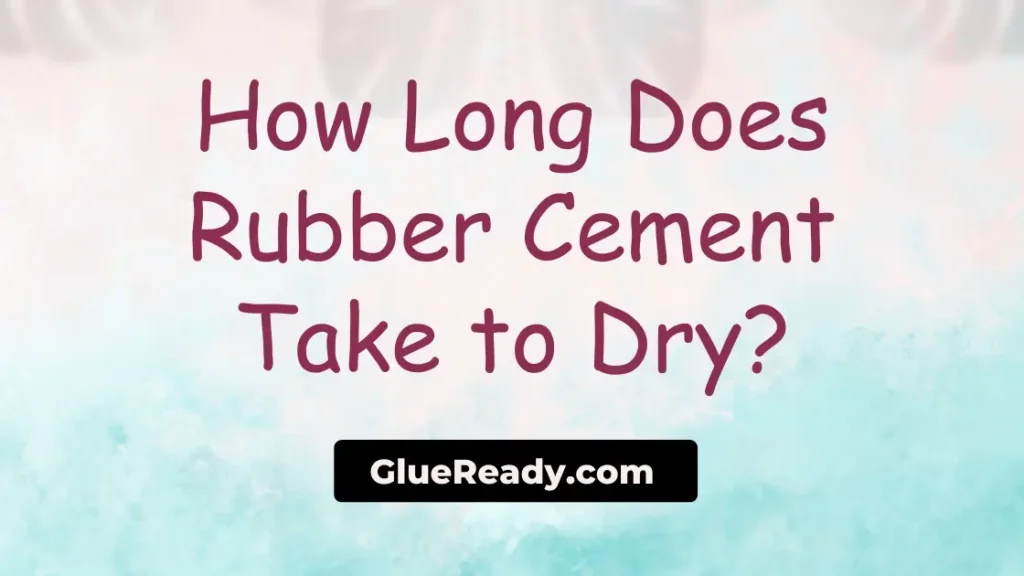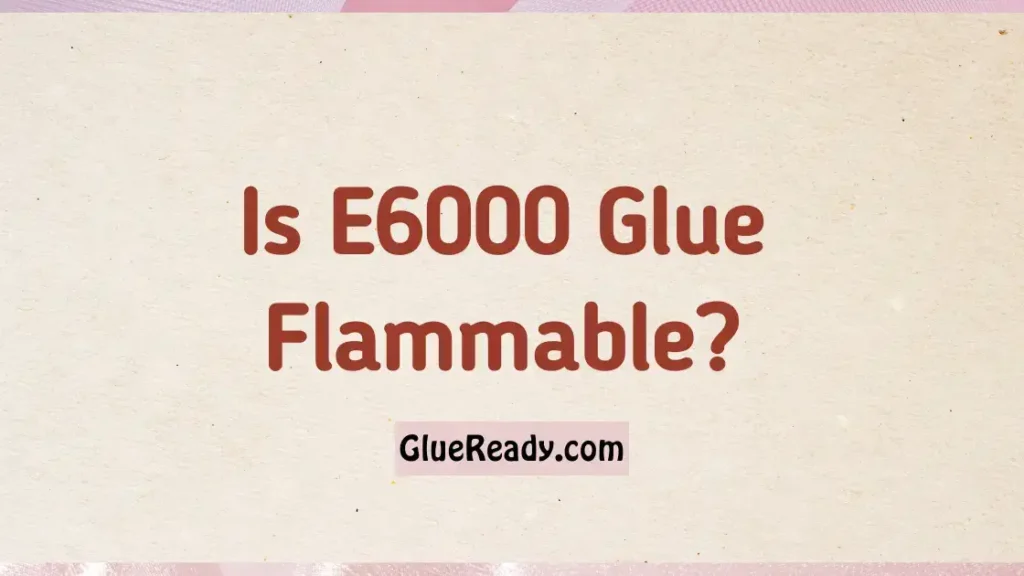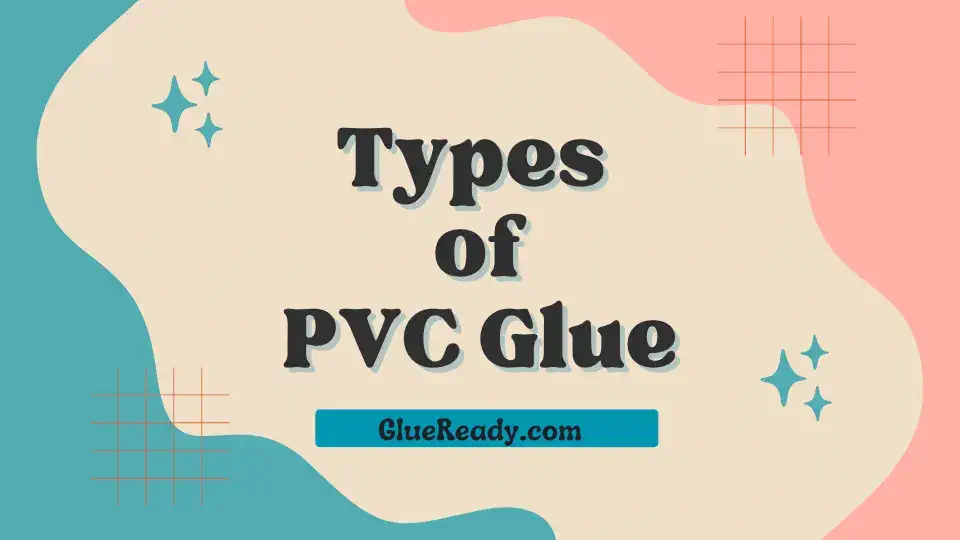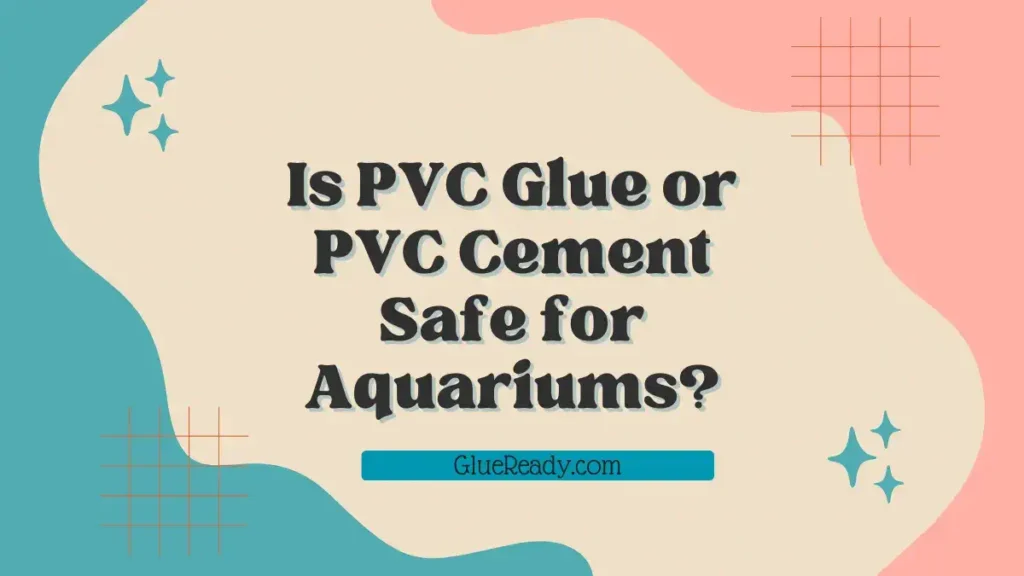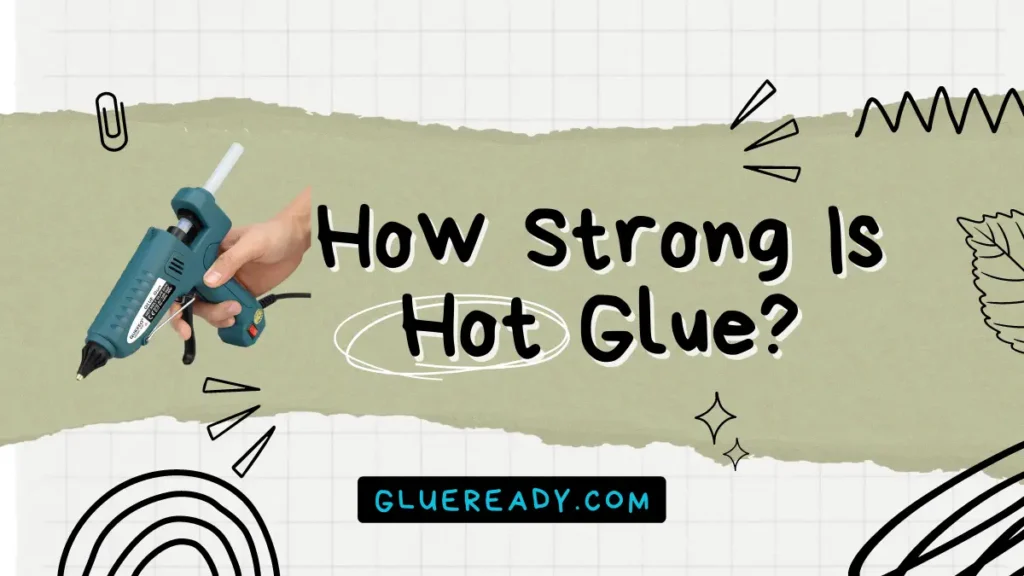How Does Contact Cement Work?

In the realm of adhesives, contact cement stands out as a versatile and powerful solution, often used in various DIY projects, woodworking, and even industrial applications.
This unique adhesive has gained popularity for its exceptional bonding capabilities and ease of use. But have you ever wondered how contact cement works?
In this article, I will delve into the fascinating world of contact cement and uncover the science behind its impressive adhesive properties.
Read More: Is Contact Cement Waterproof?
The Basics of Contact Cement
Contact cement, also known as contact adhesive or cement glue, is a type of adhesive that forms an instant bond when two surfaces come into contact.
Unlike many other adhesives that require clamping or pressure, contact cement adheres quickly and strongly without the need for external force.
This adhesive is commonly used for bonding materials like wood, leather, rubber, metal, plastic, and laminate.
The Science Behind the Bond of Contact Cement
Contact cement is formulated from a blend of synthetic polymers and solvents. The primary mechanism behind its adhesive prowess is solvent evaporation.
Here’s how it works:
Application: It is necessary to apply contact cement to both surfaces in order to bond them together. It’s important to note that the adhesive must be spread evenly and allowed to dry for a specified duration before joining the surfaces.
Solvent Evaporation: As the adhesive dries, the solvent content begins to evaporate into the air. This process significantly thickens the adhesive and activates its bonding properties.
Instant Bonding: Once the solvents have evaporated and the adhesive has reached the desired thickness, the two surfaces are brought into contact. Upon contact, the adhesive immediately forms a strong bond due to the interlocking of polymer chains on both surfaces.
How Does Contact Cement Work?
Contact cement works by forming a thin layer of dry glue on each surface that needs to be bonded. The glue is applied by coating both surfaces with a thin layer of glue and letting it dry completely.
Before assembling, contact cement must be allowed to air-dry for 15 to 20 minutes.
In order for the glue to bond to itself, both parts need to be coated with cement. Contact cement glue is a solid substance, not sticky.
The solvent is added to make application easier, and it must evaporate completely before the two parts can be joined. In order for the adhesive to form a permanent bond, it needs only a momentary contact.
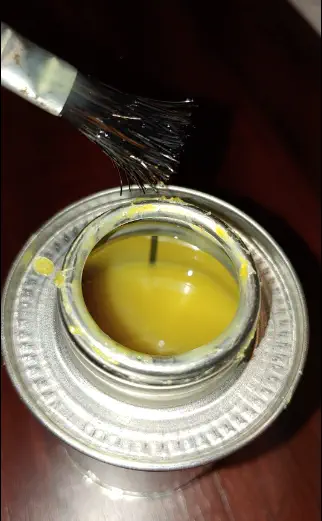
The bonding mechanism of contact cement is based on the principle of cohesion and adhesion.
The term cohesion refers to the attraction between molecules of the same substance, while adhesion refers to the attraction between molecules of different substances.
When contact cement is applied to a surface, it forms a thin film of solid adhesive with high cohesive strength. The solvent in the adhesive evaporates quickly, leaving behind a dry film that is not tacky to the touch.
However, when two films of contact cement come into contact with each other, they adhere strongly due to the intermolecular forces between them.
The bond is so strong that it cannot be separated without damaging the surfaces.
Read More: Contact Cement vs Contact Adhesive
Frequently Asked Questions (FAQs)
What Chemicals Are in Contact Cement?
Typically, contact cement is made by dissolving and suspending elastic polymers, such as latex or neoprene, or some other synthetic rubber, in a solvent such as acetone, toluene, hexane, or even water, in order to create a rigid adhesive.
What Does Contact Cement Not Stick To?
In general, contact cement tends to not stick well to materials that do not have good adhesion, such as fabrics, plastics, materials with wax coatings, or materials with glossy finishes.
Contact cement is also not usually able to adhere to powder-coated materials or to materials that contain silicone-based lubricants.
Final Thoughts
I hope you enjoyed reading my article about “How Does Contact Cement Work?”.
Contact cement is a remarkable adhesive that captivates us with its ability to create strong bonds almost instantly.
Through the science of solvent evaporation and polymer interlocking, this adhesive has become a staple in countless projects across various industries.
From crafting to construction, contact cement continues to prove its worth as a reliable and efficient bonding solution, showcasing the perfect blend of science and practicality.

